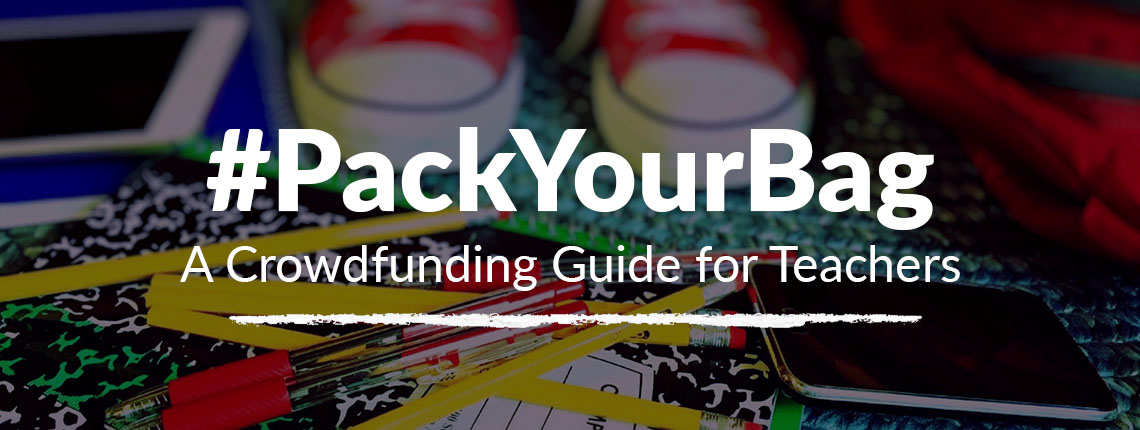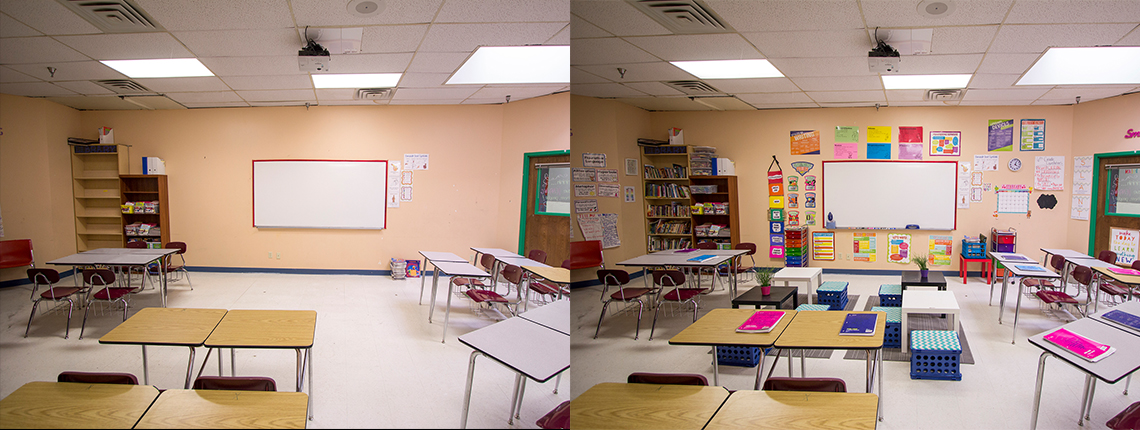No two classrooms are the same, and nobody knows your classroom better than you. So before you even start asking for classroom donations, it’s a good idea to make a list of everything your classroom needs. Your list will be unique and you’ll use it to tell a story about the students you teach.
Some teachers are looking for some extra tools to help keep their students engaged, while others might need to fulfill the more basic classroom necessities. Whether you need to buy some snacks to keep your kids focused, or books to build a class library, it’s important to have a clear list of items you plan to buy with the funds you receive.
A Tale of Two Classrooms:
Classroom A:
“The students in my classroom come from low-income backgrounds. I need basic supplies to keep my classroom running. I’m asking for $200 to buy materials and supplies for my students this fall.”
Classroom B:
“My students come from low-income backgrounds and I often find myself trying to meet more of my students needs. I regularly buy snacks, school supplies, and warm clothes so my students can be focused, productive and comfortable. $200 would let me buy 3 months worth of granola bars, pencils, and notebooks.”
By giving people a clear idea of what their classroom donation will be used for, you make the situation more real for them. Research has shown that donors are most motivated by specific knowledge about what their contribution will go towards. A clear list of supplies can go a long way in providing that motivation. Goals should be SMART: Specific, Measurable, Attainable, Relevant, and Timely.
Setting realistic and exciting goals is an essential first step in getting classroom donations. For more tips, ideas, and examples, check out our Teacher Fundraising Guide.

